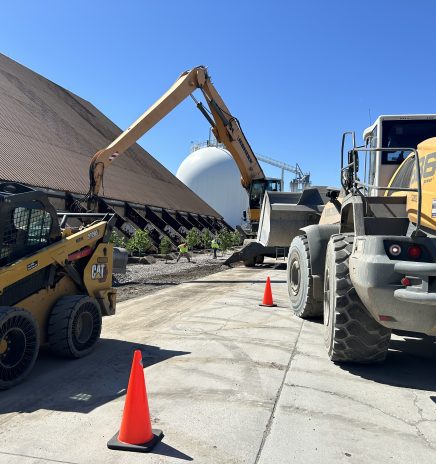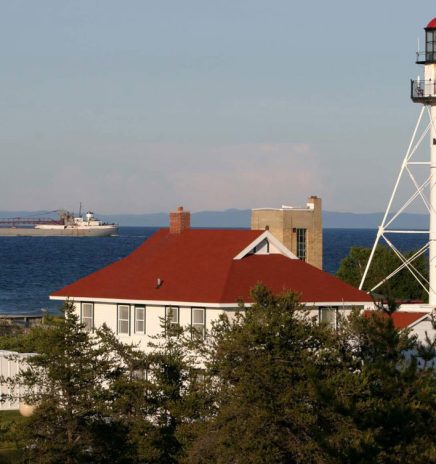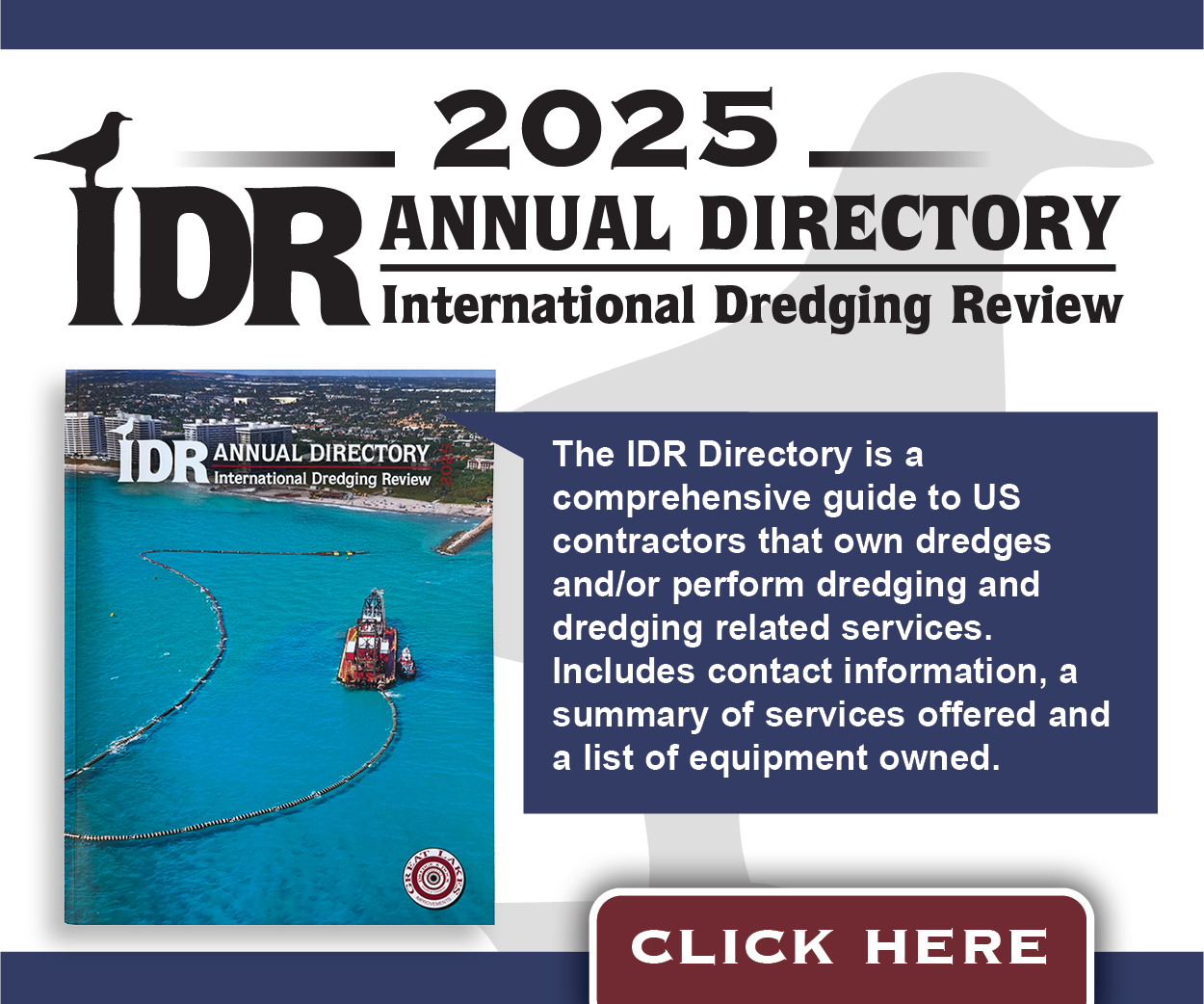In Short: News from July–September 2021
Senate Passes Historic Infrastructure Package
On August 10, the U.S. Senate enacted an infrastructure investment package totaling nearly $1.2 trillion. H.R. 3684, the Infrastructure Investment and Jobs Act, was negotiated by a bipartisan group of moderate senators.
The Senate approved the measure by a vote of 69-30. The bill is with the House.
While some funds are spread over an eight-year period, most transportation funds are provided over the next five years (FY2022-26). Depending on the program, the legislation either provides or assumes that future Congresses will provide a base layer of funding at current levels (FY2021). Beyond the base layer, the bill adds funds for each year. The legislation also creates and funds new transportation programs which have no baseline, providing $550 billion in new spending over the next five years.
See page 23 for funding Great Lakes ports and page 27 for an overview of key maritime programs receiving funding increases.
Industry Vies for New Heavy Icebreaker; Could Get 140s
Great Lakes shipping stakeholders from fleets to ports continue to press Congress for a new heavy icebreaker to accompany the U.S. Coast Guard Cutter Mackinaw. However, during a recent meeting of the American Great Lakes Ports Association, Commander of the Ninth District, Rear Admiral Michael Johnston, said studies are ongoing regarding the best solution for breaking Great Lakes ice.
“We’re doing a survey on design,” he says. “Were looking at whether to build one big or a few smaller icebreakers with the same capabilities.”
The region’s 140-foot cutters are 40 years old and older. The 225-foot Alder is in the shipyard and will remain there throughout the winter.
According to Johnston, the 140s do most of the work now and funding could be used to renew those types of vessels. Lake Carriers Association’s Eric Peace said ongoing studies, current shortages and the length of construction time – 12 to 13 years once funded – is concerning.
In 2015, Congress authorized construction of a new heavy icebreaking cutter like the Mackinaw. The project’s estimated cost is $350 million.
Stakeholders are calling on Congress to include $40 million in the FY2022 Homeland Security Appropriations Bill to begin construction of the vessel and to enact the Great Lakes Winter Commerce Act to define the Coast Guard’s icebreaking role more clearly in the Great Lakes.
Icebreaking could become even more critical if requests to length the Great Lakes/ Seaway season from March 25 to January 15 are approved.
Fednav Orders 10 New Ocean-Going Lakers
Fednav Limited has signed an agreement with Sumisho Marine Co., Ltd. (Sumitomo Corporation Group) and Oshima Shipbuilding to have 10 new ocean-going lakers built at Oshima shipyard in Japan. The first vessel expected to deliver in mid-2023.
The new Fednav-Oshima designed super-eco lakers represent the most efficient vessels to date for Fednav. Their carbon emissions will be 33% less than the vessels they will replace, including a Nitrogen Oxides (NOx) footprint at least 87% smaller. They will be equipped with the latest technology, including Tier III engines and the capability of burning biofuels.
“These new vessels are aligned with our long-term strategy to invest in our future and support our transition toward more sustainable shipping,” says Paul Pathy, president and CEO of Fednav.
Port of Three Rivers Awarded C$22.5 million for Terminal 21
A significant step has been taken in Terminal 21 construction with the confirmation of C$22.5 million in funding from the Ministry of Transport Quebec’s Advantage St. Lawrence program.
“With this investment, the Government of Quebec is counting on the Port of Three Rivers and its Terminal 21 project to make the new maritime vision of Advantage St. Lawrence a reality,” says Veronique Neron, vice-chair of the Port of Three Rivers Board of Directors.
The new terminal will be used for transshipment of dry bulk, liquid bulk and general cargo. It includes the construction of wharves, retaining structures, road and rail access roads, and storage space. It will require a total investment of approximately C$130 million. Its operation is expected to generate annual economic benefits of C$59 million.

Great Lakes States Receive USDA Forest Service Funding
The Forest Service has awarded $6.28 million in grants to support restoration projects on nonfederal lands in Illinois, Indiana, Michigan, Minnesota, New York, Ohio and Wisconsin. In all, 38 projects... Read More

Salvaging History in the Great Lakes
Tracking shipwrecks honors those lost in the lakes The summer calm that comes to the Great Lakes provides the ideal conditions for tracking down the remains of the many ships... Read More



